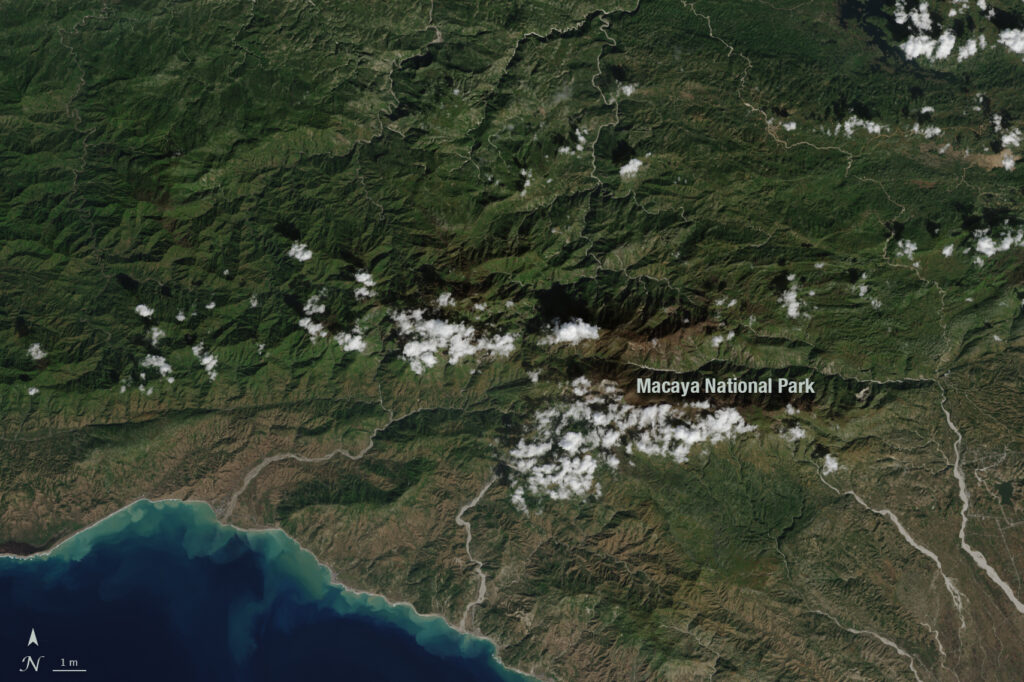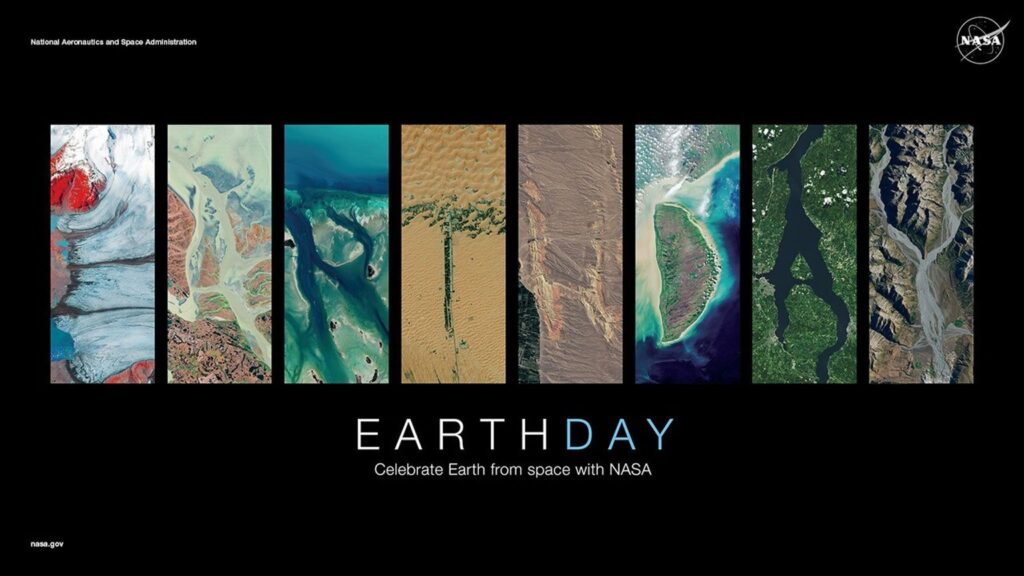Source: Smithsonian National Air and Space Museum YouTube Channel
On Oct. 27, 2020, Landsat 9 Project Scientist Jeff Masek joined astronaut Jessica Meir and other researchers to discuss the role of space and aviation technologies in studying our changing world as part of the Smithsonian Conservation Commons’ Earth Optimism initiative.
Masek along with other scientists from NASA’s Goddard Space Flight Center and the Smithsonian’s Movement of Life Initiative discussed their complementary expertise and how remote sensing helps inform us about climate change—one of the greatest global challenges of our time.
From tracking long-distance animal migrations to mapping global carbon cycles, these specialized tools have catalyzed new understanding of climate change, our Earth, and its interrelationship with the species that call it home.
This series is part of the Smithsonian Conservation Commons’ Earth Optimism initiative, a global movement which aims to further research and discussion of climate change through identifying, sharing, and promoting solutions to this global crisis. Earth Optimism aims to build a broad, international community of action to conserve our most precious resource—a habitable Earth.

Hispaniola’s Changing Forests
Haiti lost nearly half of its primary forests between 1996 and 2022, with fires and tree-cutting being major drivers of loss, according to a new study.





